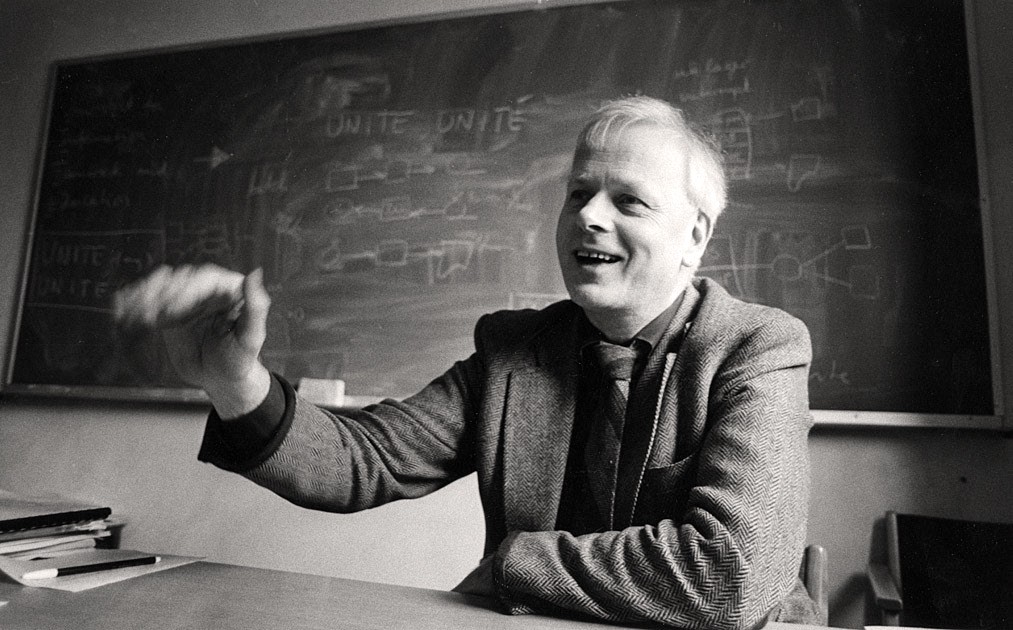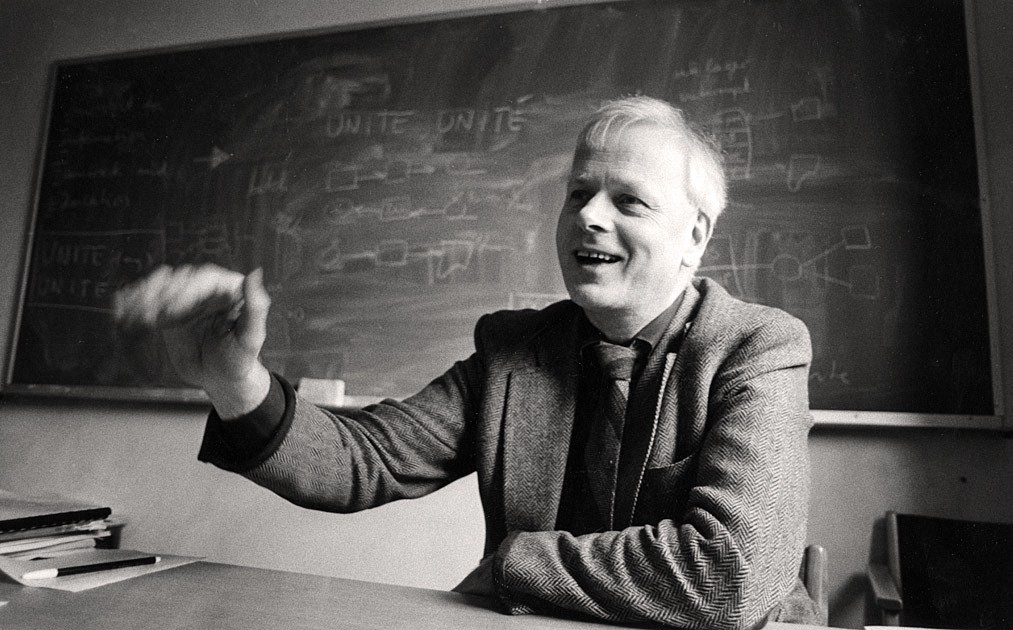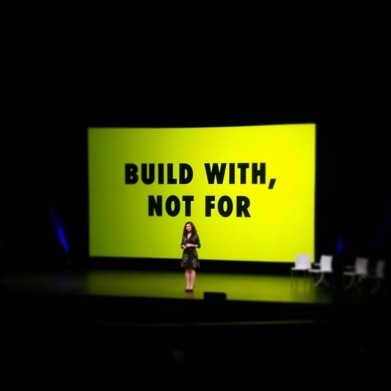
In the 1970s, while computing was taking off across the globe, the Norwegian Iron and Metal Workers Union decided to take an active role in their industry’s future. What if the workers themselves, who knew what needed to be done better than anyone, had a role in designing the technology in their field?
The Union reached out to computer scientist Kristen Nygaard, who worked with them to create technology through an approach that became ‘cooperative design’.
Nygaard worked directly with the union to design programs that would help them stay ahead of the computer revolution and to pass pro-worker regulations that would ensure workers, not just corporations, had a say over how technology was used in the workplace. Even today, these successful worker efforts continue to mitigate ‘de-skilling’ and ensure technology works with Norwegian workers, not against them.
Cooperative design was a win for workers and a win for creating better technology.

Now, the idea of ‘cooperative design’ has taken off, especially in Silicon Valley. Corporations, from Facebook to Apple, are capitalizing on user’s knowledge of their problems and how they want them solved. Unfortunately, this process now lacks the egalitarian, democratic bent of early cooperative design efforts. Going by ‘participatory design’ or ‘co-design’, it usually means short interviews, rapid prototyping, analyzing user feedback, and turning out a new iteration as quickly as possible. It’s cooperative design lite.
At Action Network, we pride ourselves on building tools for the progressive movement with the progressive movement. For us that meant being intentional early on in how we structured the organization and our design and development process. We’ve gone through many iterations and are excited to share how we are adapting the now popular cooperative design methodology to building our latest toolset, Action Builder, and reinvigorating its progressive, democratic, labor-centered roots.

Our Partnership Model
So, how have we built Action Builder?
Cooperative design isn’t just collaborating with our users. It’s creating a formal structure that guides our process from start to finish. Our national partner table covers a portion of our development costs, and guides the prioritization of what we will build. They raise and review ideas our users have generated, approve their addition to the development calendar, review designs, and test features before they launch. We believe our work shouldn’t just be informed by users but grounded in mutual respect and shared ownership.
Labor continues to be at the forefront of how we create the technology that improves our lives and builds people power.
We’ve been particularly grateful for the insight and support of our partners at the American Federation of Labor and Congress of Industrial Organizations (AFL-CIO) as we’ve developed and continue to refine this process. Just as the very first cooperative design project involved a labor union, both our existing digital toolset and upcoming organizing toolset are built in partnership with the AFL-CIO and their affiliates. Labor continues to be at the forefront of how we create the technology that improves our lives and builds people power.

And we’re not the only ones (by any stretch!) thinking about building technology in this way. We’re particularly grateful for the work of thought leaders like Laurenellen McCann, who developed “Build With, Not For” as a mantra for building civic tech, the Movement Cooperative, who develop data and tech resources alongside progressive organizations in a cooperative model, and many, many more organizations and individuals who have furthered the principles of cooperative design.
We hope that many of you will take these principles and apply them too! And we’re always happy to share what we’ve learned to help get you started.
Old School: Cooperative Design at Action Network was originally published in Powering Progressive Movements on Medium, where people are continuing the conversation by highlighting and responding to this story.